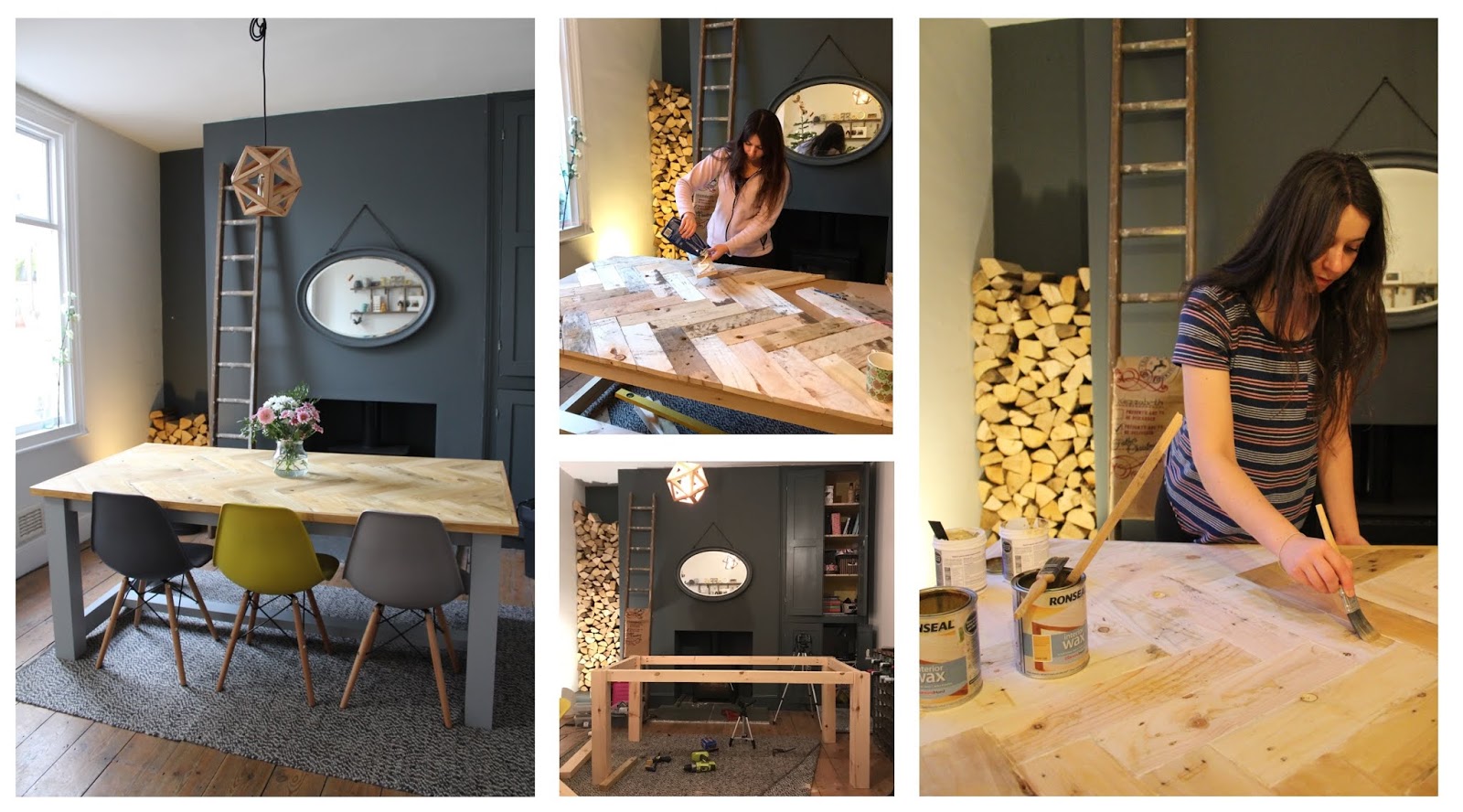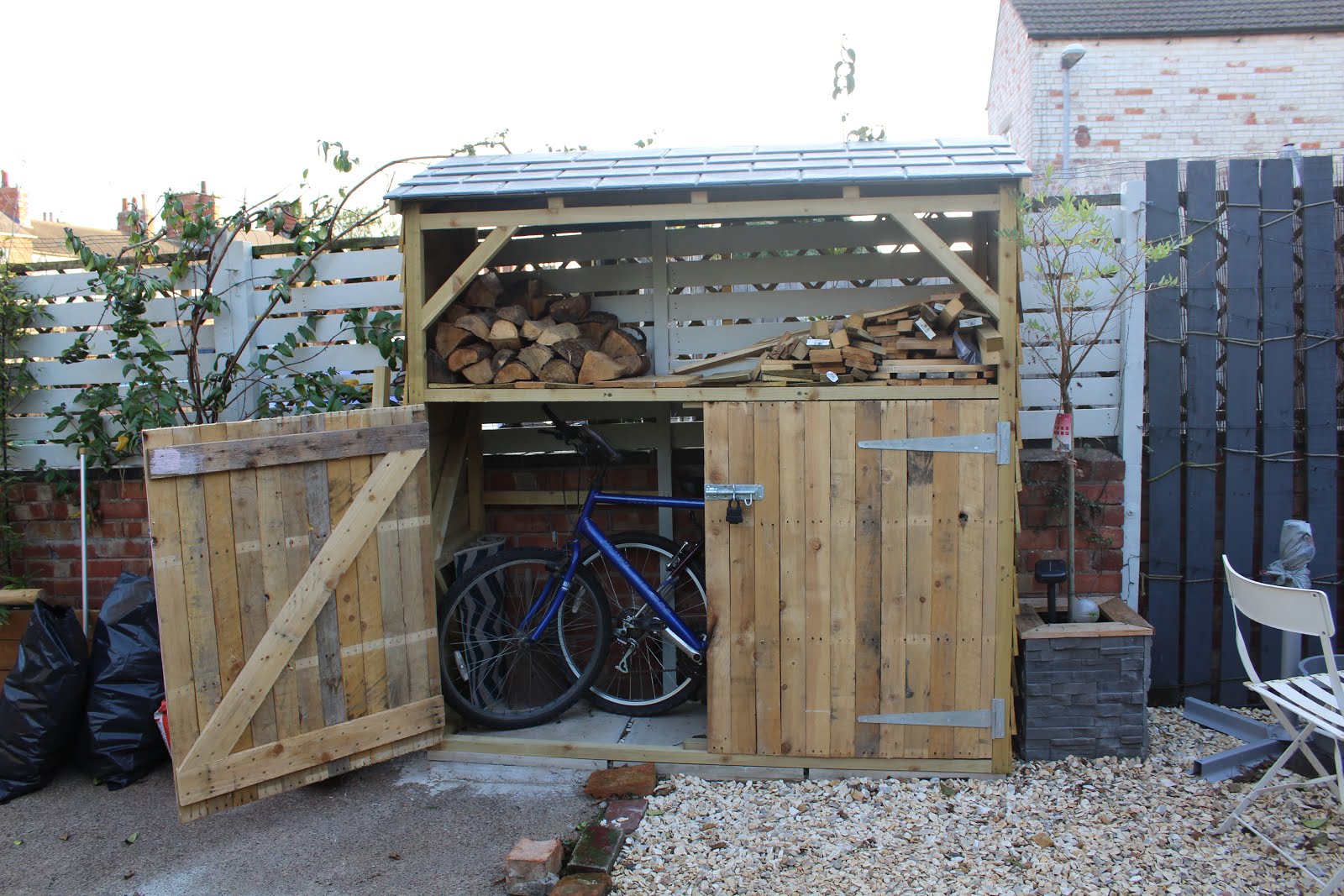Now we finally have electricity in our victorian cellar, we can actually start to properly use the space! And what better way than making some DIY scaffold board shelves for our ever-growing collection of DIY tools?!
This is a really simple DIY and you can adapt it in so many different ways. Maybe you want to create a mini home library, or add some shelves to a small cupboard to turn into a pantry? Whatever your plans, these DIY scaffold shelves are an affordable way to add a bit of industrial style to your home!

Disclosure: This post contains affiliate links, which allows me to receive a small commission if you visit a link and buy something on my recommendation. Purchasing via an affiliate link doesn’t cost you any extra, and I only recommend products I have bought or used myself.
This blog is part of the eBay partner network and the Amazon Associate Programme. All affiliate links to these sites are clearly marked with an asterisk (*). Click here to read more about how affiliate links work on this blog.
How to Make DIY Scaffold Shelves
You Will Need:
- 25mm x 38mm timber*
- Scaffold boards (I recommend eBay/Facebook Marketplace for the best bargains)
- Wood Glue*
- Wood Paint
- Wood Screws
- Screws and Wall Plugs
- Oil or Wax
- Mitre Saw* (Or a Handsaw with Mitre Box)
- Drill*
- Drill Bits* (Including a Countersink Bit)
- Clamps*
- Set Square*
- Tape Measure
- Pencil
- Paint Brush
- Cloth / Old Rag
- Sandpaper
How To Make Shelf Brackets for Scaffold Boards
To make the brackets for our scaffold shelves, we’re going to be using these roof battens*, however, you can use any similar-sized piece of timber (25mm x 38mm). You can of course buy pre-made shelf brackets for scaffold boards, however, these can be quite pricey. If you’re on a budget like us, making your own shelf brackets can save you A LOT! It also allows you to make shelves to any depth you require. You’ll see in this tutorial our shelves are 1 and a half scaffold planks deep. Standard scaffold brackets would only fit 1 single scaffold plank depth, so making our own has allowed us to customise our sizes.
Step One – Cut Your Timbers To Size
First of all, you’ll need to decide how deep you want your shelves to be. We’ll be using one full scaffold plank and then half a plank which we’ll achieve by cutting a plank lengthways down the centre. This means our shelves will be around 33cm deep. This measurement will determine how wide the brackets need to be. You want your brackets to cover at least three-quarters of the width of your shelf, however, for heavy-duty use, I’d personally always go longer (as you’ll see we have!).
To make one shelf bracket, you’ll need to cut three pieces of timber to size. These are the measurements for our brackets, however, yours may need to be smaller/larger than this depending on the depth of your shelf.

So for our shelves, we cut 1 length at 40cm, another at 33cm and then the last one at 39cm with two 45degree angles on either end.
We’ve used our evolution mitre saw* to cut the wood to size, but you can also use an inexpensive handsaw and mitre box too. We planned to create 9 brackets so cut 9 pieces for each length of wood.


Step Two – Assemble Your Pieces of Timber Together
Now we have our pieces cut, we need to attach them together. Clamp your longest piece of wood to a sturdy surface, such as a workbench (we use these clamps*) and position the other two pieces so they are in situ – make sure to use a set square* as you do this to ensure the bracket is square. Then using a pencil, mark where these two pieces will join.



Don’t forget to leave a 35mm gap as shown below – we’ll need this part to secure the bracket to the wall.

You can then clamp one piece in place at a time and drill some pilot holes. These will ensure the wood doesn’t split when you screw them together. Once your holes have been pre-drilled, you can use a countersink bit to make sure your screw-heads will sit flush on the wood.


Next, apply some wood glue* to the join and screw your pieces together one at a time, using your clamps as a third hand.


Repeat the same process above for the middle crosspiece of timber, although this time you will need to drill and screw at a slight angle to work with the angle it needs fixing at.



And voila – you should now have one solid shelf bracket! Repeat these steps for as many shelf brackets as you need.
Step Three – Sand and Paint!
Once the glue has dried, you can lightly sand your brackets with a sander, then prime and paint them. I’ve used some 120-grit sandpaper for this and then finished with a coloured coat in the colour ‘Peacock’ from Ronseal Garden’s Range*.



(Top tip – to save money on small projects like this, use tester-pots of paint rather than forking out on full-sized tins!)
How to Make Industrial Scaffold Shelves
Now we have our shelf brackets, it’s time to make the shelves!
We’re using new scaffold boards (as opposed to used ones) for this project, however, it means they currently lack any character. To make give our scaffold boards a rustic industrial look, we’re going to use some tinted oil. Not only will this enhance the look of the boards, but it will also protect the surface too!
If you’re looking for scaffold boards, I recommend checking out eBay and Facebook Marketplace for the best bargains. We found ours on eBay which I’ll link here*.
I’ve chosen to use some Osmo Oil for our boards – these come in a wide range of different coloured tints, but I’ve picked 3073 Terra* a really dark brown that I thought would work perfectly in our basement!

Once we’d cut our boards to size, I gave them a light sanding and then applied a thin layer of oil using a paintbrush. I left the oil on the scaffold boards for around 20-30 minutes before using an old rag to rub off any excess oil.



With just one coat, Osmo oil really enhances the look of the wood! It brings out that gorgeous grain and it also makes the wood appear a bit more ‘aged’ and less fresh too. Essentially, it gives the wood some much-needed character and I absolutely LOVE it!



Attaching the Shelves In Situ
I’m not going to do a “how-to” on installing shelves, but I will share some images of the room coming together. If you haven’t seen this space before, it’s basically a very narrow corridor in our basement. It’s quite “rough and ready” in its raw finish, but as we’ll be using this space for tool storage – it’s perfect!

By the way, you can read all about the work we’ve done in the basement in this blog post.
To make the best use of this narrow space, we’ve planned to create our shelves in an L-shape going along the left-hand side and also at the back, where shelves will be a bit deeper for larger tools and boxes.
We’ve simply used screws and wall plugs to attach our brackets to the wall, with one screw at the top of the bracket and one at the bottom. At the end of the room, we’ve added some strips of timber on the wall on either side to support those deeper shelves. This timber is the same stuff we made our brackets out of and painted to match.



And here’s what the room looks like finished with its new DIY scaffold shelves!







And for those of you who want to see the shelves fully loaded with all our DIY bits – this one is for you:

So I hope this was helpful if you’re looking to create something similar. I’ve added up the full cost below, however, it’s worth mentioning the price of wood has risen considerably since we purchased some of these materials, so please do bear that in mind. If you have any questions let me know, otherwise happy DIYing!
Total Costs:
(These prices are reflective of Spring 2021 before price hikes)
Scaffold Boards (3.9m x 5) – £65
Timber for Brackets – £22
Screws and Wallplugs – £5
Paint – £5
Osmo Oil – £27
Total Spend: £124

*This post contains affiliate links where an asterisk (*) is used.












No Comments